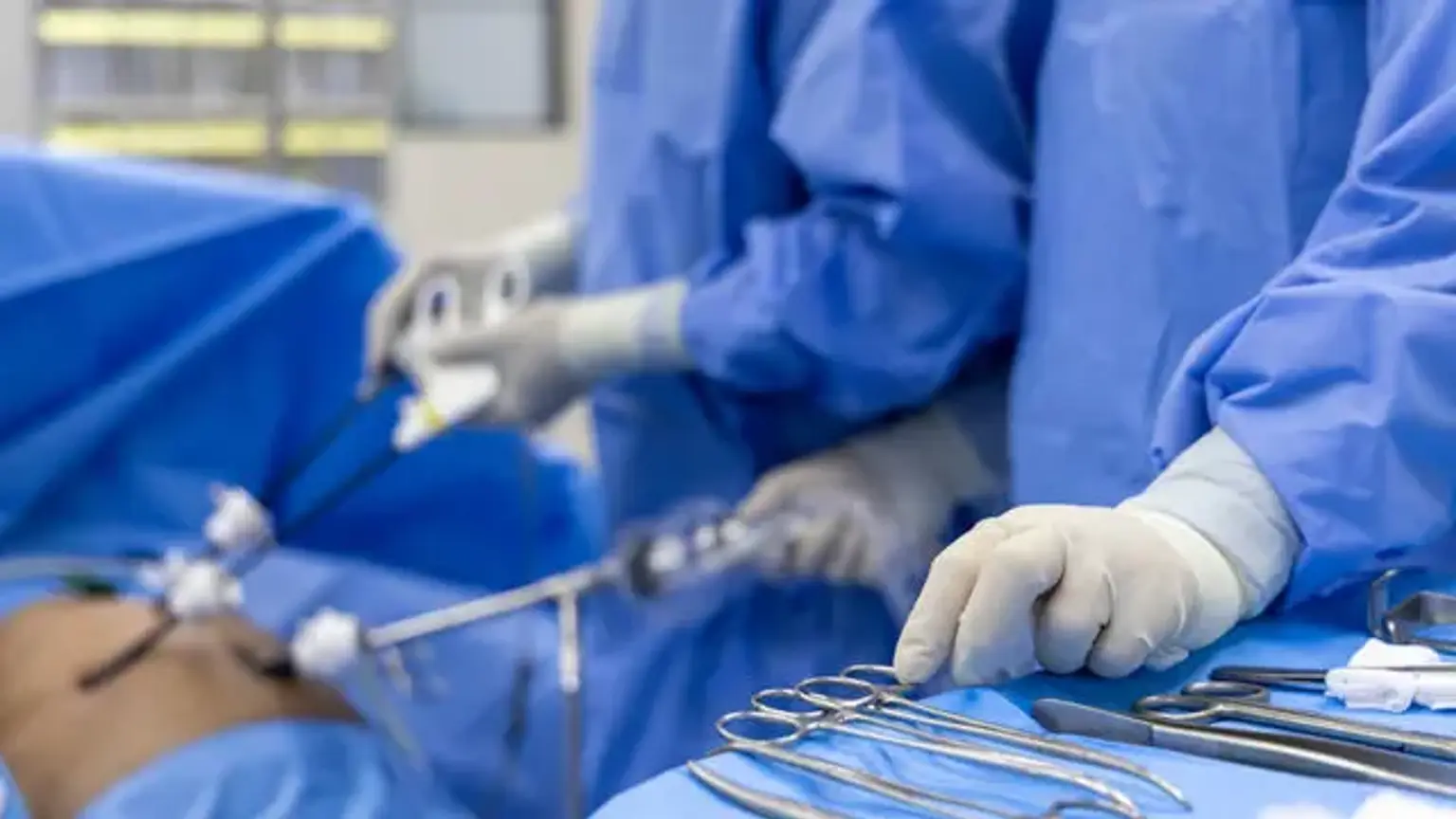Keyhole Surgery
Surgery or any surgical procedure can be stressful but understanding what to expect before, during, and after the procedure can help you prepare. The methods and techniques used to diagnose or treat a given disease or injury determine what you feel and how each step affects you. In general, these distinct operations are carried out in one of three different ways: invasive, non-invasive, or minimally invasive.
Non-surgical medical procedures are referred to as non-invasive. Non-invasive procedures include diagnostic physical examinations and imaging investigations such as ultrasound, as well as rehabilitative treatments such as chiropractic manipulation. Put simply, they are non-invasive since they do not damage the skin as surgical procedures do.
Major open operations are highly invasive in terms of surgical procedures since they require doctors to make extensive incisions into the body.
However, because of significant technical advancements, a third option, a less invasive surgical procedure, has become accessible through keyhole surgery. The surgery is performed by a professional keyhole surgeon with minimal incisions. As an outcome, patients can expect reduced post-operative pain and a faster recovery.
